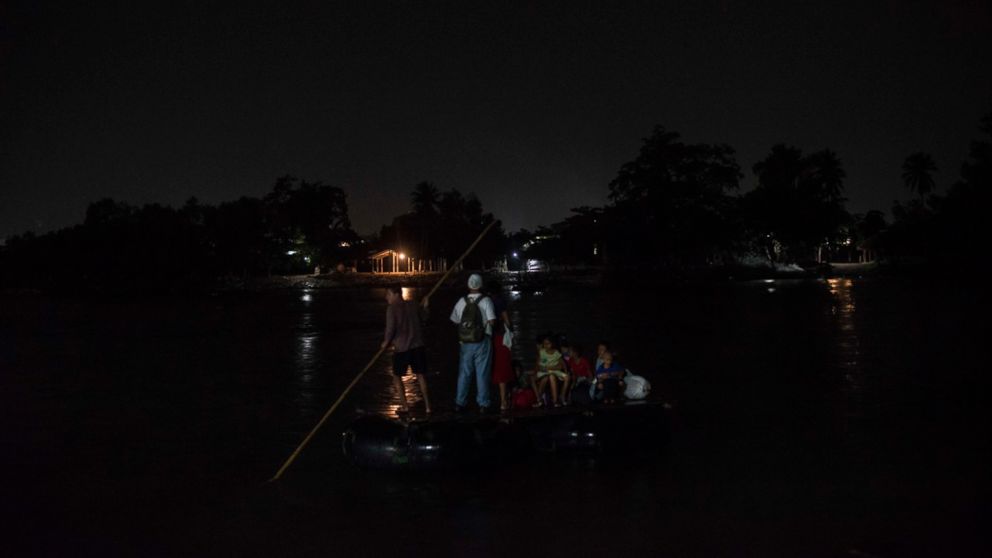UN: Thousands of Children Risk Perilous Journey to US Border
Nearly 26,000 unaccompanied children arrived at the U.S. border in six months.

— -- Nearly 26,000 unaccompanied children arrived at the U.S. southwestern border in the first half of this year, in a continuing influx of migrants attempting to escape poverty and violence in their home countries.
The total amounts to more than 140 unaccompanied children arriving at the U.S. border every day.
UNICEF, the United Nations Children's Rights and Emergency Relief Organization, released a report on Tuesday highlighting the often desperate circumstances that drive so many children and families to risk the perilous journey north.
Most of the children come from three countries -- El Salvador, Guatemala, and Honduras -- that are wracked with widespread poverty, rampant gang violence and some of the highest crime rates in the world.
Honduras, for example, registered one of the highest murder rates in the world -- more than 90 per 100,000 inhabitants -- in a United Nations study published in 2014. This compares to a current murder rate of just 4.5 in the U.S., according to the most recent national crime statistics published by the FBI.
Missing in these figures, UNICEF says, are the estimated hundreds of children who die every year in the harsh environment along the U.S.-Mexico border, and many more who disappear and may have fallen prey to kidnapping, trafficking or murder.
"It is heart-rending to think of these children – most of them teenagers, but some even younger – making the grueling and extremely dangerous journey in search of safety and a better life," said UNICEF’s Deputy Executive Director Justin Forsyth. "This flow of young refugees and migrants highlights the critical importance of tackling the violence and socio-economic conditions in their countries of origin."
Statistics from the Unites States Border Patrol show that while the overall number of people detained at the southwestern border has dropped in recent years, the number of unaccompanied children has roughly doubled.
In 2012, just over 24,000 unaccompanied children were detained. This number soared to more than 68,000 in 2014, before dropping last year. This year could see that number pick up again, as the data show that child detentions are on pace to top 50,000 by the end of the government's fiscal year.
The children who do make it to the U.S. border face a future that is anything but certain, UNICEF says. After they are picked up by Border Patrol agents, many are transferred to government-operated shelters or foster care homes, where they stay just over one month, on average.
Most go into deportation proceedings without access to court-appointed lawyers and face long odds. A study tracking deportation cases beginning in 2015 showed that by June 2016, 40 percent of unrepresented children has been ordered deported, compared to just 3 percent for those who had the help of an attorney, UNICEF said.
For those allowed to stay, a backlog in immigration courts can mean years of waiting, during which time the children have no legal status in the United States, making many ineligible for healthcare and other public services.




